Of my many visits to Abingdon in the seventies, it always surprised me that many of the men and women who labored at the “Gee,” as the plant was known, didn’t even own a car, never mind an MG. Most of them traveled to and from their modest homes, located in the surrounding rural countryside, to their work at MG, by bicycle. However, they put their hearts and their souls into every car they ever built, and anyone who has ever owned an MG has reaped the fruits of their labors.
The M.G. Car Company was a unique operation the likes of which we will never see again. Some people thought of it as somewhat of an anachronism in the world of giant automotive plants such as Longbridge, Cowley, and Dagenham, mainly because nothing was seen to be made at Abingdon—it was dismissed as an assembly plant, where MGBs and Midgets were put together from components brought in from outside suppliers—and that is true.
However, far more pride, skill and love went into those assemblies than one would ever see in the vast automotive wastelands of the major manufacturers. My love for the MGB can be viewed as a tribute to the workers of the Abingdon factory when British sports cars ruled the world—especially MG.

1930 – 2018
Ken Smith
My friend, Ken Smith, passed away in 2018. To many in our British car community, Ken was known as Mr. MGB. His dedication to that single vehicle was undeniable and maybe unmatched. So, when the 60th anniversary celebration came up, I couldn’t help but to picture Ken sitting in his recliner repeating stories he’d already told me about summers when he and Barby drove the “Moss Mobile” to British car shows all across the country, or about playing billiards competitively as a young man in England, or about the mournful day he had his first and only drink of alcohol—the day they closed the doors at Abingdon forever.
In 1996, Ken wrote a book called Aspects of Abingdon to provide MG enthusiasts with a look through his eyes at the unique conditions in an unusual factory that created very special cars—including the legendary MGB that we’ve enjoyed for 60 years.
This article is an excerpt from Ken’s book, including interviews with factory employees. For a copy of Aspects of Abingdon, order Moss part# 213-025.
David Stuursma, editor
Peter Franklin – Personnel Assistant
(Peter worked at Abingdon for over 20 years and was one of the last to leave when it closed in 1980. He gave many tours through the plant and was a great resource of information and photography when Ken Smith was writing his book.)
To the motoring buff, MG stood for Morris Garages where in 1923 the manager, one Cecil Kimber, began modifying the Morris Cowley. However, to the lads at Abingdon who made the MG cars, the initials had another meaning—MADE GOOD! No other make of car evoked such passions and the stories of the “Abingdon Atmosphere” where workers once plastered the walls with pictures, press cuttings of the latest racing successes and photographs of celebrities who owned MGs could fill an entire library.
Of course, of the 1,250 cars that were produced every week at Abingdon, approximately 80 percent departed for North America, and during my time at MG, the people I met from the US were some of the most fervent and enthusiastic supporters of the MG marque that you could ever wish to meet. I well remember meeting one chap who stated that he had several MGs back home in Texas. After talking with him for some time, he began to add up how many he really did own. By the time he had finished his list, it came to 16 MGs that he kept running back home!
Most of the men on the production lines and the shop floor were quite happy to chat with visitors as they passed through the factory, though ladies might tell you of the wolf whistles and general murmurs of appreciation that the work force extended to them, but in those “non-politically correct” days, it happened in every automotive plant in Britain. One of the British Leyland rules that I was successful in overcoming was a ban on photographs being taken in the MG factory. There were no secret ways of building the cars.
Everybody knew what we did and how we achieved it. It was very much there to be seen. Particularly for the visitors I felt it would make a nice record for them to keep to show their children and grandchildren. This of course was completely contrary to BL’s policy at the time, but as ever, we had ways of getting over the red tape.
So there must have been something in that “MADE GOOD” definition. MGs still continue to turn my head as they pass me in the street, and I would like to think that they always will. It is consoling to know that the MG marque is still around and that out there is a body of enthusiasts who are dedicated to keeping the marque alive through their cars—almost as dedicated as the men were who first put the cars together all those years ago!

Tom (Sailor) Green
Line Inspector
We had some real characters at the “Gee.” I recall a faith healer, Gus Thomas, who used to come into the plant and treat the workers. One chap called Taffy (he was a Welshman) had the rotten job of fitting steering column brackets, and he had Gus exorcise the evil spirits from his bum! Actually, it was numbness from constantly lying in an awkward position. However, I have to admit that Gus cured a bad knee of mine, which I’d had since I was a little kid.
John Thornley was another great character whose catch phrase was “Don’t worry, we’ll muddle through!” I remember a time when the work force was about to go on vacation for their annual two-week break. He called everyone together, and standing there with his pipe in his mouth said, “I want you all to have a good holiday and forget to come back.” Everyone gasped and then he continued, “Oh, sorry! I should have said don’t forget to come back!” They loved JWT at the Gee. He was a real gentleman who had time for everyone.
After doing a variety of jobs at the plant, I became a line inspector at the end of the line. I also worked in rectification and conducted the water test for a time. A huge tank of water had been installed during WWII to test the military vehicles which were made at Abingdon. We used to drive the MGBs onto ramps which were just below the level of the water. Water sprays would then be activated all around the car, and we had to check for leaks around the doors, etc. Sometimes you got drenched! However, this is where the vulnerability of the airbox on the MGB and the roof leaks on the MGB GT were discovered, but they were never really properly rectified. I also spent time in “Final View” where you had three minutes to check everything, making no mistakes!

Jack Adams
Shop Steward
I started at MG, Easter 1953 and was there till the end in October, 1980. It was the happiest little place on earth—with a real family atmosphere. It was difficult to get into MG unless you had family there, and if the lady in personnel didn’t like your face, then you didn’t get in at all! I first worked on the ZA, the ZB and the MGA. The Healeys and the Rileys were on a separate line, but we also did the Morris Traveler and the Morris Van. It was said that if you wanted a good Traveler, get one built at Abingdon. Eventually I went to work on the MGB.
There was usually a very good working relationship between the unions and management. The senior shop steward’s committee held weekly meetings and our union membership at MG rose to 90 percent. I stopped the practice of workers meeting outside the plant, feeling that once they were outside, they were halfway home! I also believed that strikes were no solution at all to any of the problems. However, you always prayed for a half-day away from the monotony of the line. If we knew there was likely to be a stoppage because of a shortage of parts, we rubbed our hands at the thought of going home early!
The unions did try to get conditions improved for the lads on the line. The Trim Deck (also known as the Top Deck) was a drying place for leather when Pavlova had the building, and originally there were no windows up there and it got extremely hot in the summer. Eventually we managed to get ventilators fitted and a great cheer went up from the workers when they learned of this!
When I was elected shop steward, John Thornley sent for me and demanded to know if I was a communist! The “Colonel” was a chap who said his door was always open—and it was. You went up to his office, knocked, and he would bellow in true military fashion—“Come in!” He always had his sleeves rolled up, even at his desk, and once he began talking, he couldn’t stand still, always pacing around the room. You could get on with him—he was a real character. Other management heads of British Leyland weren’t so impressive, nor were they impressed with the MG operation. Michel Edwardes came to Abingdon only once and went through the plant in less than an hour. Donald Stokes was anti-MG from the start being a Standard Triumph man. He came down to Abingdon, stood on the Trim Deck, looked down and said, “What sort of bloody place is this?!!” Harold Musgrove gloated at the closure of MG, he never showed any feeling for what had been achieved, being both condescending and sarcastic.
Chris Peacock, the plant manager, and I walked out in the middle of a meeting with him.
When the closure came, I was nearly 64 years old, and having been at MG for over 27 years, my redundancy payment was generous. Some of the younger men weren’t as lucky. There were few jobs in the town of Abingdon. Some of the guys went to the BL plant at Cowley, but we all knew it would never be the same again. MM
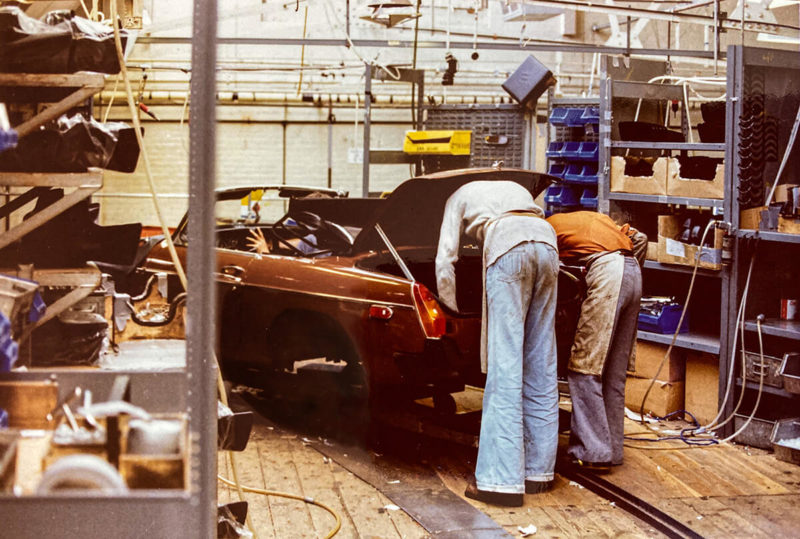




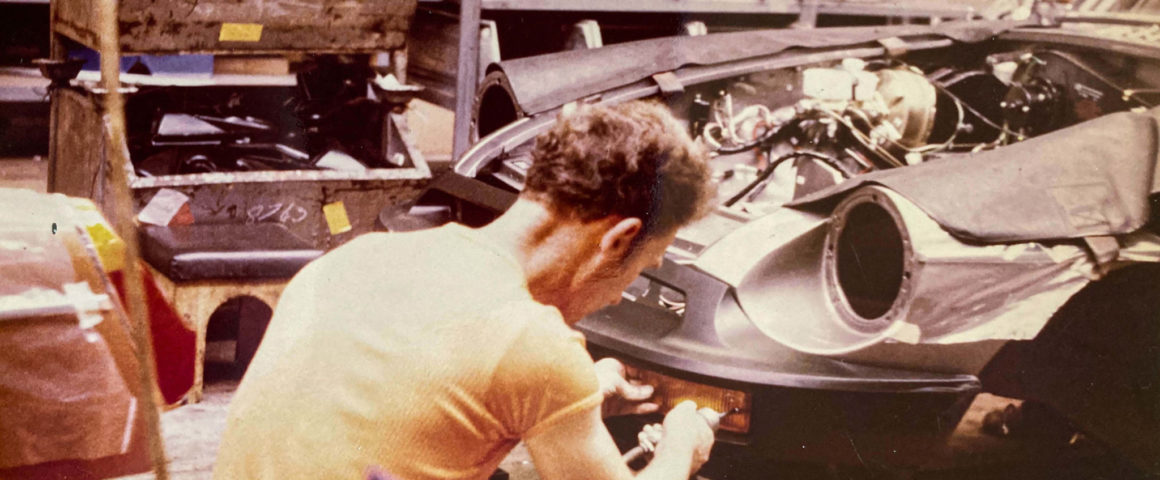
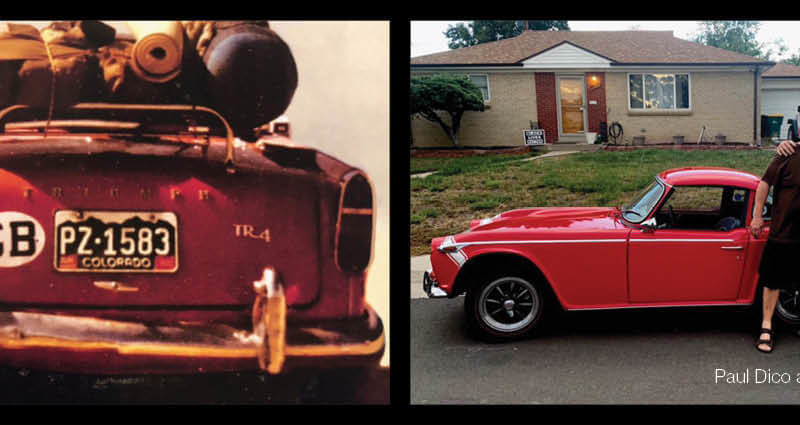
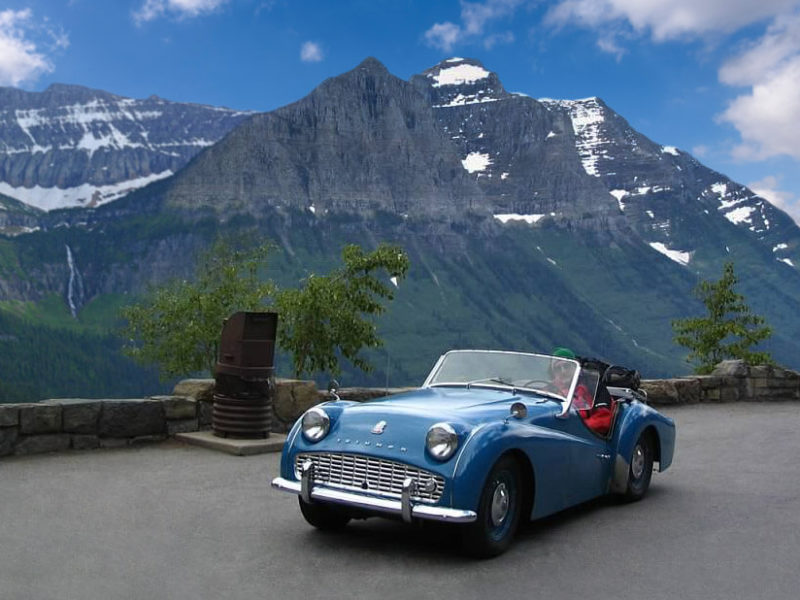
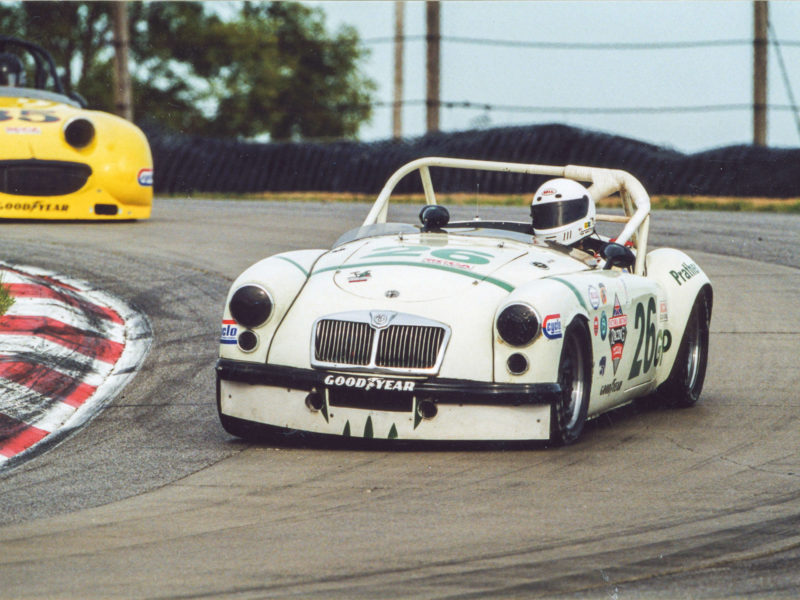
'On Those Who Built the MGB' have 4 comments
October 22, 2022 @ 5:19 am Tim Warner
Great article, a good read. I’m sad about the death of MG.
May 4, 2023 @ 3:30 pm MARC REPP
I’ve always loved the MG. In high school and college I had a couple of friends that had MGBs. When I finally graduated my wife told me we should get a second car and maybe it was time for an MG. I found one in the paper and went off to look at a used MGB. I came home with a 1969 MGC. That was 1978. We just finished restoring it and it’s as beautiful and tempermental as ever. We’ve been through a lot together and like my wife of 53 years I have no plans of ever letting her go. Thank you Abingdon
December 25, 2022 @ 4:44 am William Winclif Caraway
Great story. MG MGB/ Triumph/ British cars need a come back.
March 11, 2023 @ 7:28 am Matthew R Kilbourne
Great peace. Thank you. It’s nice getting a peek inside what it must have been like. I’ve always wondered.